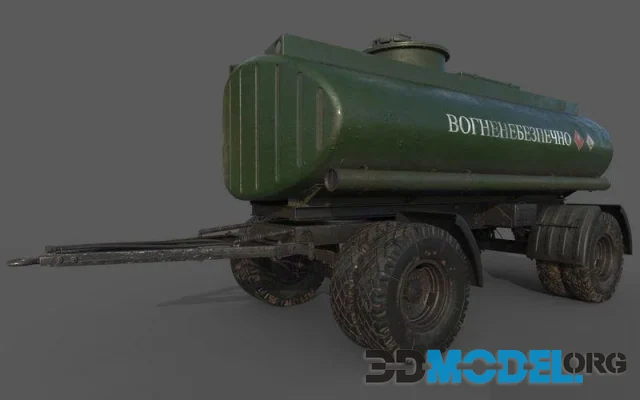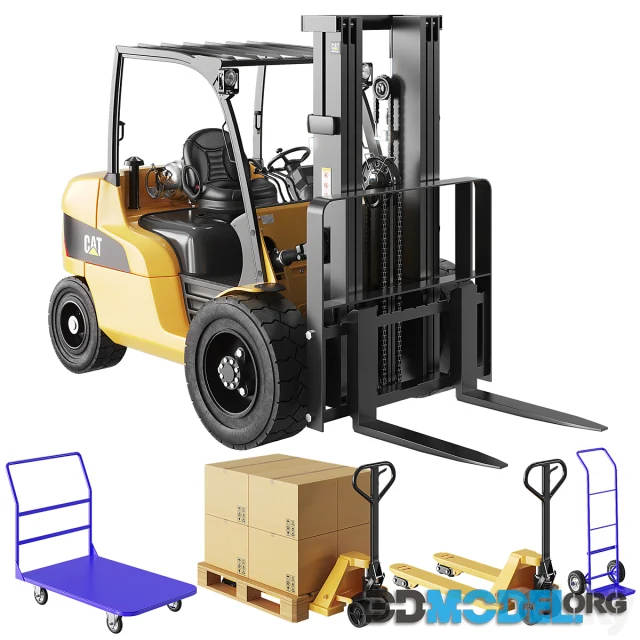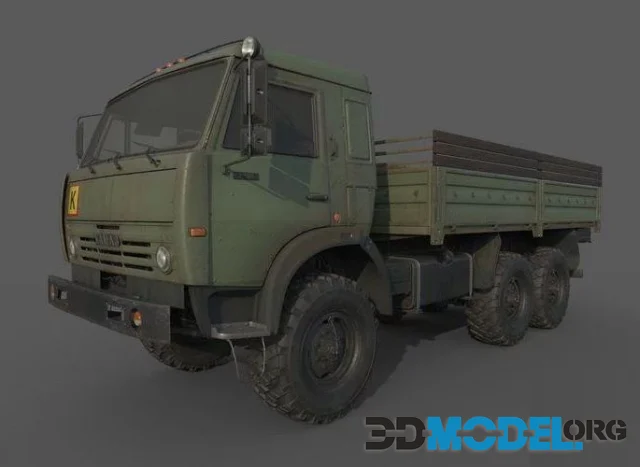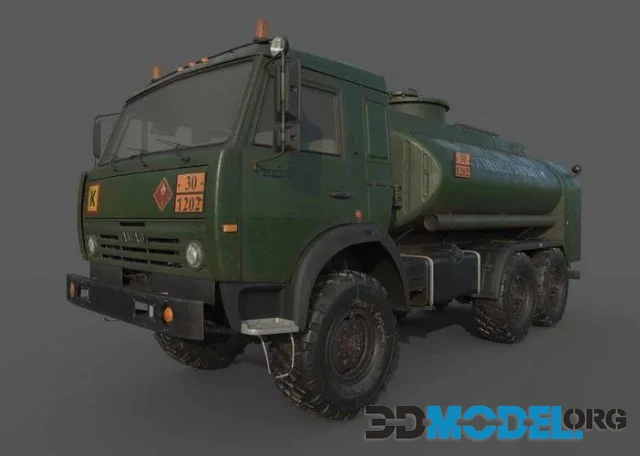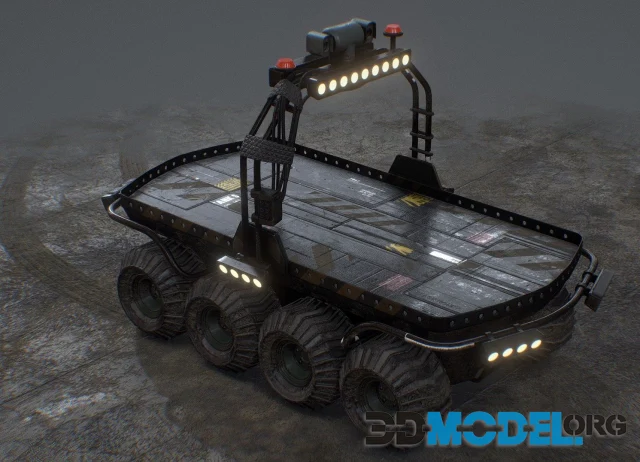Field Kitchen WWII (PBR)
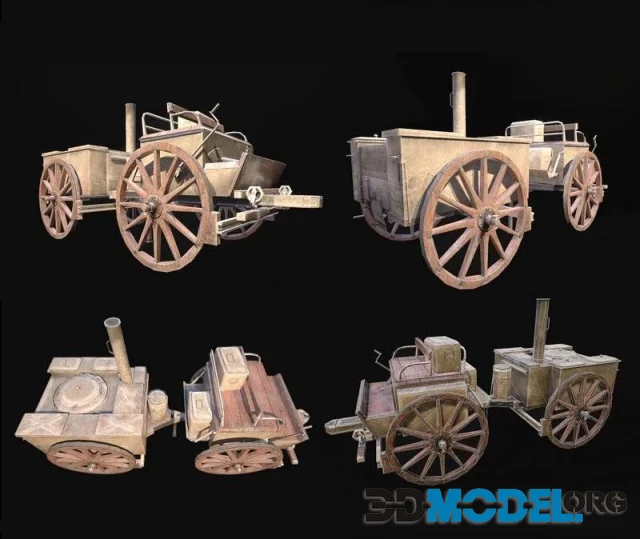
Field kitchens (also referred to as mobile kitchens, food trucks or canteens) are military units responsible for providing hot meals near the front line or during temporary encampments. While these establishments tend to be mobile, static and tent-based field kitchens exist too.
These supplies are typically transported in four-wheeled wagons or carts; however, by the turn of the 20th century smaller two-wheeled trailers became common. These vehicles are typically designed for speedy movement and can serve a large number of troops quickly and efficiently.
World War II saw the establishment of field kitchens to provide meals to soldiers in various climates, both tropical and temperate (cold). Furthermore, these rations served as emergency provisions during lifeboat or parachute rescue missions.
The Red Army and Wehrmacht were both known for their extensive use of field kitchens. Non-mechanized units could rely on horse-drawn wood burning field kitchens or Gulaschkanone, while Panzer and Panzergrenadier units had mobile field cooking ranges mounted on trucks.
Cooking was seen as an integral component of soldiers' diets, which proved essential for soldiers' health and wellbeing. Throughout World War II, cooks attempted to tailor their rations in order to provide the best nutrition possible.
Even with limited food rations, they managed to find ways to keep troops fed and content. To do this, they combined food items in novel and exciting ways - like using carrot tea as a sweet infusion.
Quality 3d-model with PBR-textures in the archive.
File type: MAX, FBX, OBJ
Ctrl
Enter
Noticed a misTake
Highlight text and press Ctrl+EnterRelated news:
Comments (0)

